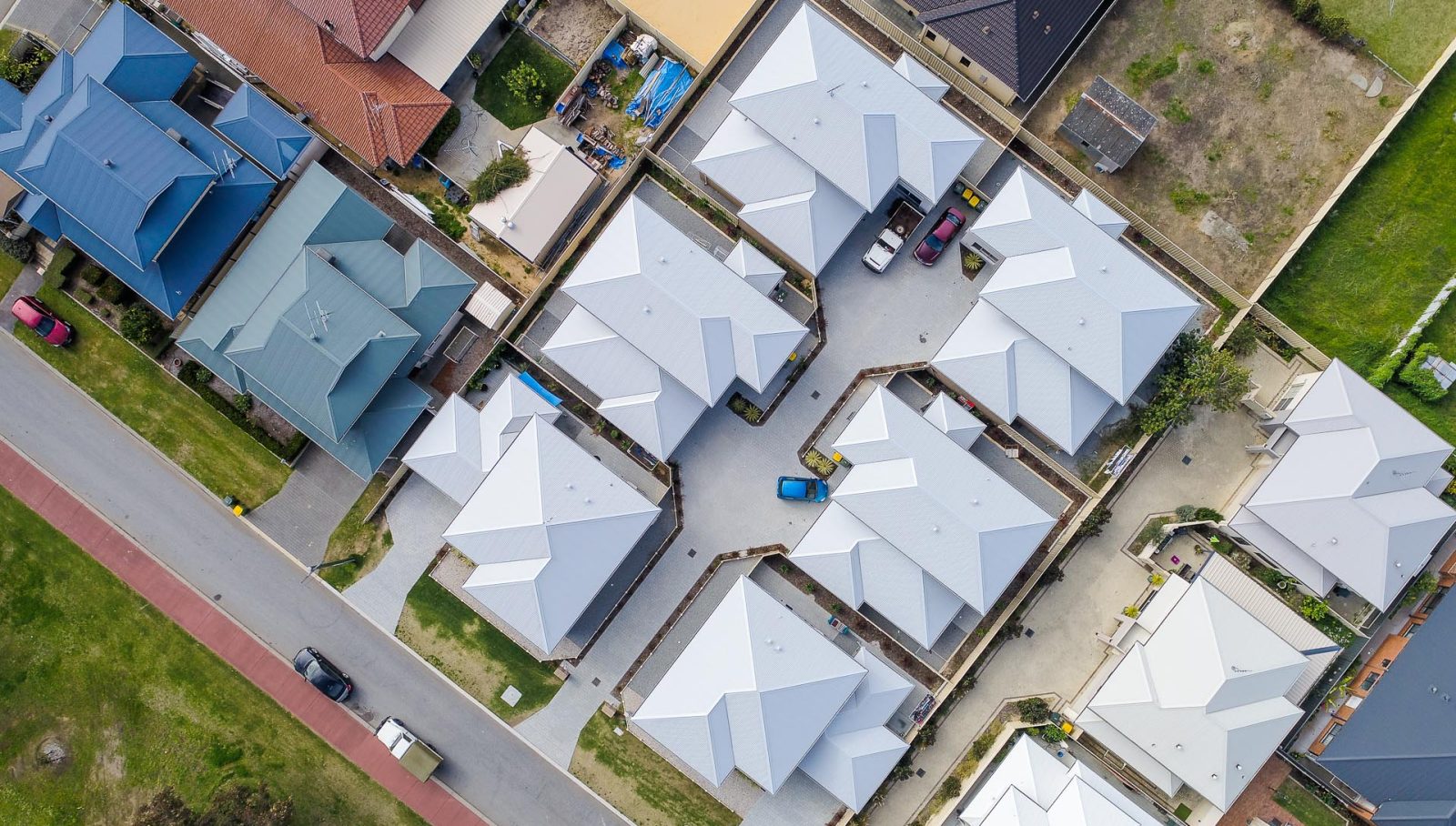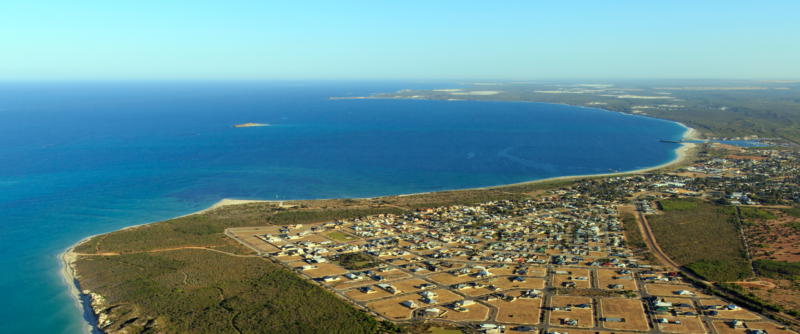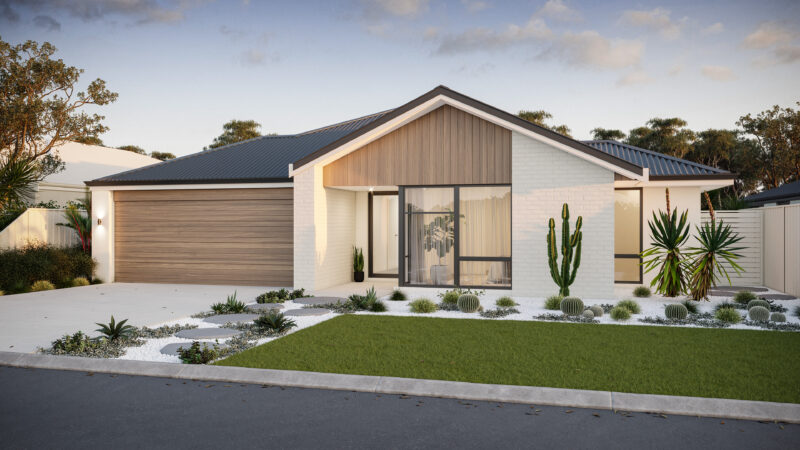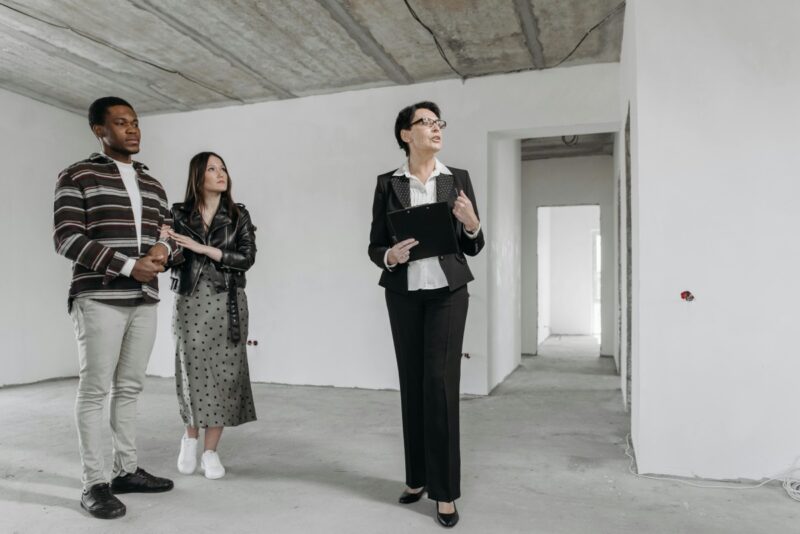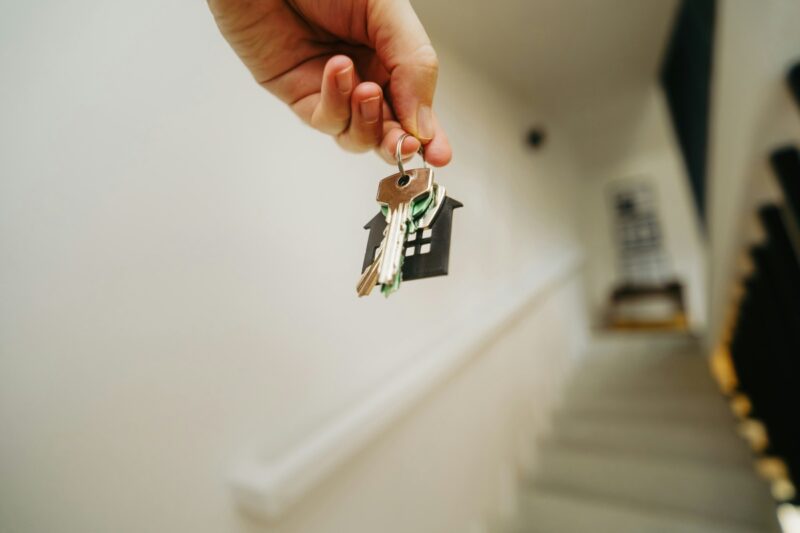Property development is the art of constructing or renovating commercial or residential buildings with the aim of improving their value and leasing or selling them. Property developers research and identify land and property opportunities, then evaluate the feasibility and profitability of a project.
Property development involves a wide range of activities and processes, including purchasing land to build. The build itself can be anything from a road to a high-rise office building, though the “average” property developer will likely work on small to medium-sized residential development projects.
To become a successful property developer, you need to have the ambition and patience required. You need to educate yourself on the property, the markets, economics, finance, town planning, the construction process, and the marketing of real estate projects. You can learn this by doing your homework or you can engage the expert team at Plunkett Homes. Others you’ll want to talk to include real estate agents, finance strategists, your accountant and lawyer, town planners and urban designers, architects, engineers, building contractors and project managers. A property strategist may be your most important point of contact, helping you to better understand the finance maze.
Types of property development
If you’re considering residential property development as a way to build your bank balance, start by knowing what types of projects you can undertake. Renovations designed to update an existing building is a popular trend, be it your own home or another. Renovations are seen as a nice and easy project introduction to property development, just be sure to do your research on the area and not over capitalise.
Outside of your own or someone else’s ‘not so shiny’ home you can choose the route of a brand new build. This is where you can make some big money. There are many different property development options that can produce fantastic yields, including:
House behind house
If you like the idea of using the equity in your own backyard, a house behind house is a great starting point for property development. Reducing your backyard can also reduce your weekend workload with a more manageable garden.
New zoning changes have meant that many property developers are looking at their yards in new ways. Homeowners with large blocks can live in the comfort of their home while embarking on a relatively easy development. Your high-maintenance yard can become a healthy profit with potential rental income or potential sales income. You can stay in your new home and rent out or sell the new property, you can sell the original property and move into your new build, or you can sell or rent both properties and pocket two lots of profit!
Duplex
A duplex is a subdivision that allows for two homes to be built on the one master titled piece of land. The two self-contained dwellings must share a wall. Building a duplex is a profitable investment strategy, with options that can be mixed and matched to your investment goals. You can sell or rent both properties, rent one and sell one, sell one, rent one and keep the other!
Triplex
A triplex is much the same as a duplex except that it allows you to build three homes on the one master titled piece of land. Triplex subdivision designs include townhouses, villas and single storey homes. If you’re lucky enough to have a corner piece of land with two street frontages, a triplex is an option that’s well worth considering.
Triplex developments can be approached in one of two ways: a single triplex site involves subdividing a master block into three titles and a multi site involves amalgamating two or more blocks to create three separate titles.
Multi-Unit Site
A multi-unit development is four or more units or townhouses on a single block. If done correctly, they can be highly profitable investment projects. The process can come with higher risk than other projects, but this in turn can create higher reward.
For multi-unit development, you need to find a site with the right orientation, free of significant encumbrances, with dimensions suitable to subdivision and in a suburb that will see a reasonable asking price. You will need to have some clarity around how much land you will need for your specific project.
NDIS / SDA
The National Disability Insurance Scheme (NDIS) supports more than 500,000 Australians and the National Disability Insurance Agency (NDIA) is working toward breaking down barriers and enabling people with disabilities to choose where and with whom they live.
A big portion of the NDIS budget has been allocated to provide new housing stock, which although privately owned, has rental payments funded through the NDIS.
With a bit of research about the scheme, you may find an opportunity to help others while enjoying a positive geared asset. Why not look into Specialist Disability Accommodation (SDA), a range of housing designed for people with extreme functional impairment or very high support needs? The team at Plunkett Homes specialises in building houses that comply with NDIS/SDA specifications.
Feasibility and profitability of housing development
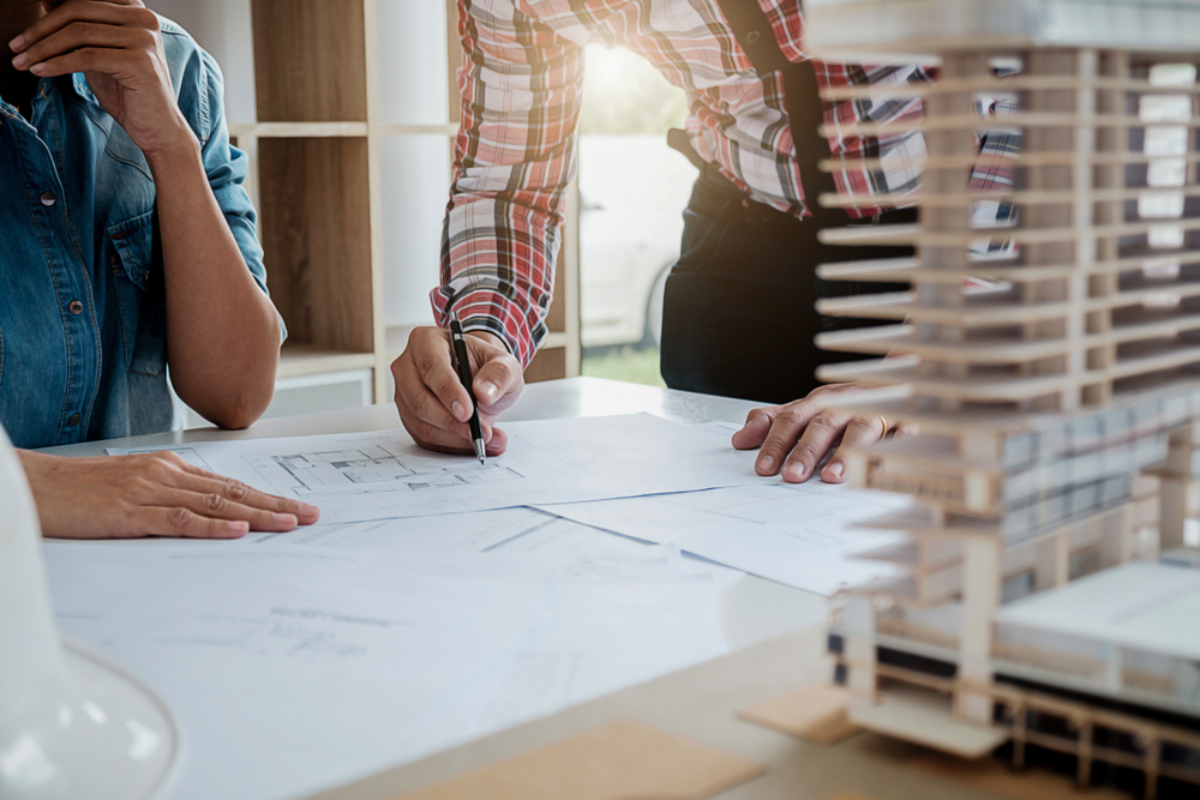
One of the objectives of developing your backyard is to pay off your mortgage faster. If you get the numbers wrong you could sustain a large financial loss. You only want to commit yourself to profitable projects that maximise your profit.
A feasibility study or analysis is the foundation upon which your development project plan resides. Without it, you cannot determine the viability of your project. A feasibility study is simply an assessment of the pros and cons of your proposed project. It’s conducted by analysing technical, economic, legal, demographic, operational and time feasibility factors.
Proper feasibility analysis takes time, expertise (yours or hired) and will cost some money. Once you have whittled down site options to a few favourites based off of early investigation, it is quite possible to spend $2000-$5000 or more on detailed feasibility for a site prior to purchase. The outcome of that study may mean you withdraw from the purchase, but it’s better than working out later that you are running at a loss and when it’s too late to stop.
Talk to your local professional home builder about feasibility. They’ll be able to look at your site and put together detailed cost predictions. From here, you’ll be able to decide whether your proposed project is viable before you commit to buying land or tearing up your garden.
Getting started – Become a property developer
Developing property as a way of making money is everyone’s dream, but you need to take your time and consider a number of factors. Speak to your personal property development team, and network through online forums, chats and networking functions.
Once you’ve gained some knowledge, talk to Plunkett Homes. We’re a privately owned family company and when you commit to a project, be it large or small, one home or multiple units, the Plunkett team will work with you every step of the way. Developing is a process of problem-solving, having the vision, understanding planning approvals, making decisions, and finding and managing resources. It pays to have us by your side.
